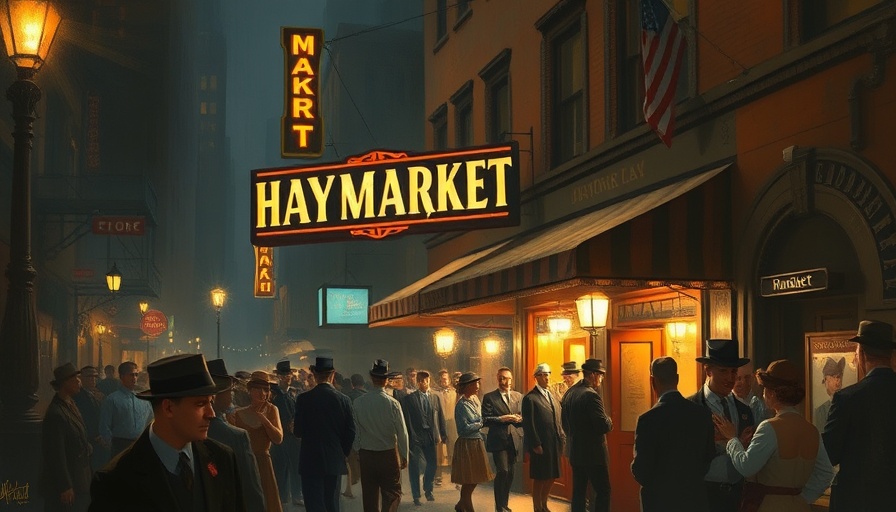
Community Triumphs Over Development Threat
The Elizabeth Street Garden, a cherished green oasis in Little Italy, has won a decisive victory against plans for destruction. The Adams administration, responding to public pressure, has decided to preserve the garden instead of allowing a previously approved affordable housing project. This unexpected turn left developers fuming, as they had anticipated commencing construction on the Haven Green project, designed to deliver 123 affordable housing units for seniors.
A Closer Look at the Developers' Dismay
Developers, including Pennrose and RiseBoro Community Partnership, were left blindsided by the last-minute decision to cancel the housing project. They had battled for eight years for the opportunity to build on the city-owned land, promising much-needed affordable housing and community improvements. In a statement, Council Member Christopher Marte emphasized that the garden's preservation is more aligned with community values than the developers' profit-driven motives.
The Significance of Urban Green Spaces
The fate of the Elizabeth Street Garden raises vital questions about urban planning and the importance of maintaining green spaces in bustling cities. Gardens and parks serve as vital community hubs, providing not only aesthetic enjoyment but also psychological benefits to city dwellers. Advocates argue that preserving such spaces should be prioritized alongside the push for affordable housing. This situation highlights the tension between development and conservation, a topic many cities around the world grapple with.
Future Implications for Urban Development
As urban areas grow and housing needs intensify, decisions like the one made by the Adams administration may set precedents for how communities value and protect their green spaces. It signals a potential shift in policy, urging future developers to consider not just the immediate economic benefits but also the long-term impact on community well-being. By placing an emphasis on environmental sustainability, similar engagements can transform city landscapes into healthier habitats for residents.
What’s Next for the Developers?
In light of their frustration, developers have hinted at possible legal action against the city, though it's unclear whether such a move would succeed given the city's commitment to community needs. As discussions unfold, both the city and developers face the challenge of balancing affordable housing initiatives with the preservation of community identity and green spaces.
The recent victory for the Elizabeth Street Garden underscores a larger narrative about urban resilience and community engagement. The tensions between development and preservation showcase the importance of public dialogue and advocacy in shaping our cities. For residents, keeping a close eye on local developments will be crucial in ensuring that their voices continue to influence decisions made about community spaces.
 Add Row
Add Row  Add Element
Add Element 



Write A Comment